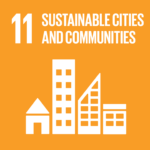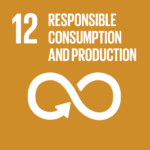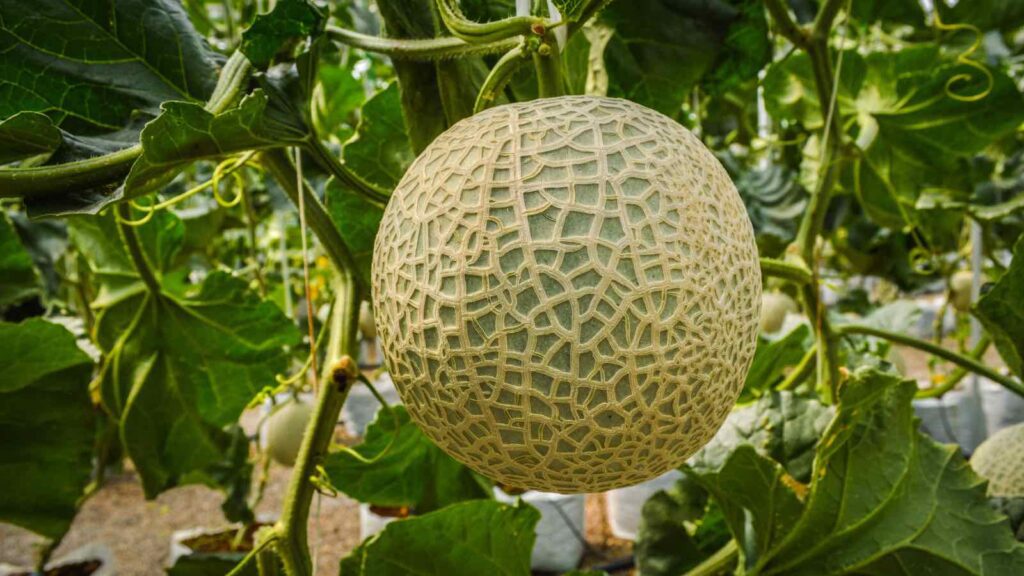Reducing food miles brings environmental benefits: less waste, lower carbon emissions, and more efficient water use. Urban farms double as community hubs, fostering social ties and promoting healthy, active lifestyles.
Today, a slice of golden Johor melon on your plate signals more than flavor—it marks the triumph of local innovation over far-flung supply chains. As the last bite of its juicy sweetness disappears, Malaysians are already planning tomorrow’s harvest, spurred by a new generation of agri-entrepreneurs who have made luxury crops like Selangor vanilla and Johor melons symbols of national pride.
RELEVANT SUSTAINABLE GOALS



Home-Grown, Low Carbon Footprint
Imagine biting into a perfectly sweet golden melon picked just days ago in Johor, or folding fragrant Selangor vanilla into your batter. This isn’t a fantasy of exclusive restaurants—it’s backyard-to-table reality. Across Kuala Lumpur’s rooftops, Penang’s repurposed shop lots and Johor’s peri-urban fields, agripreneurs are raising the bar on quality and traceability. No longer must consumers import top-end produce from Japan or Madagascar; Malaysia’s home-grown offerings now compete on taste and sustainability.
Driving Forces Behind Malaysia’s Urban Farming Boom
Malaysia’s heavy reliance on imports once left it vulnerable to supply-chain shocks. The COVID-19 pandemic underscored that fragility, igniting a wave of interest in local food production. Urban farms—from kitchen windowsill herb plots to high-tech vertical farms—have become vital backups in times of crisis.
As grocery bills climb, families and communities turn soil into savings. Backyard farms not only lower household expenses but also offer agripreneurs a chance to generate extra income by selling surplus produce at premium prices.
Reducing food miles brings environmental benefits: less waste, lower carbon emissions, and more efficient water use. Urban farms double as community hubs, fostering social ties and promoting healthy, active lifestyles.
Smart Farms: Technology Meets Tradition
In Selangor’s hillside town, vanilla vines now thrive under sensor-controlled humidity and nutrient solutions, while in Kuala Lumpur’s gleaming Central i-City complex, rooftop aquaponics tanks teem with fish and greens. These smart farms maximize yields in tight spaces, using vertical racks and hydroponic channels to turn rooftops and empty shop lots into abundant oases. The result? A steady supply of luxury crops that once required long journeys to reach Malaysian tables.
Several factors have spurred urban farming in Malaysia:
- Increased Awareness of Food Security: With heavy reliance on imports, local food production offers a buffer against global disruptions.
- Rising Cost of Living: Cultivating produce at home cuts grocery bills and can generate income from surplus sales.
- Environmental Concerns: Shortening the journey from farm to fork reduces waste, transportation emissions and water use.
- Community Building: Shared gardens foster social connections, healthy lifestyles and knowledge-sharing among neighbors.
- COVID-19 Impact: The pandemic exposed vulnerabilities in supply chains, propelling interest in local cultivation.
Together, these drivers underscore why urban farming has become more than a hobby—it’s a strategic shift toward resilience.
Lead image courtesy of Hikaru1222 from Getty Images
You may also be interested in :
Malaysia’s Smart Manufacturing Evolution: A Step Toward Sustainable Industrial growth




